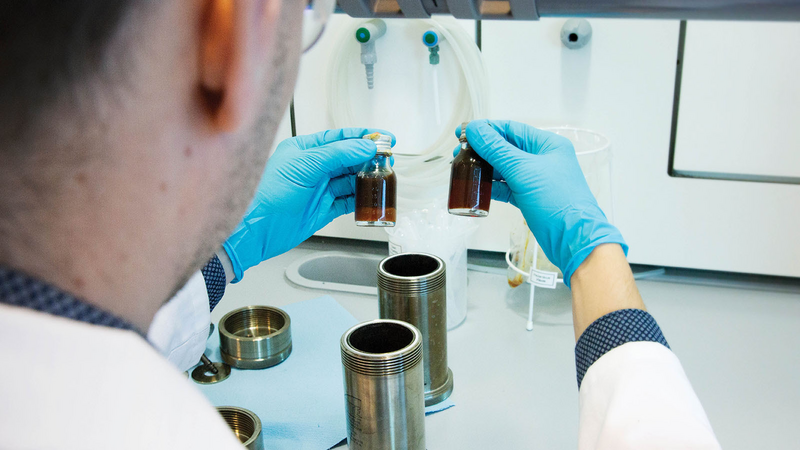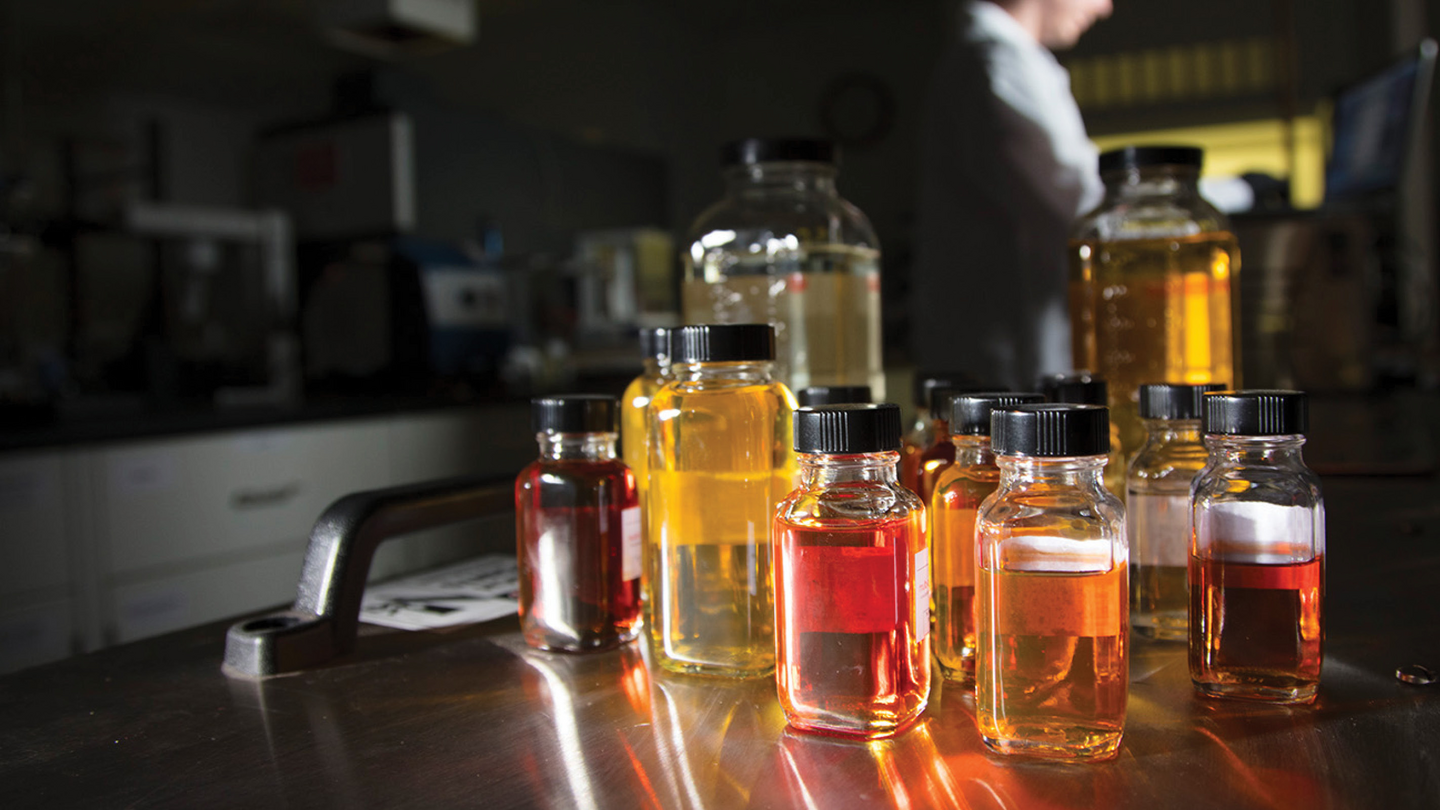 Search
Search
 Search
Search

And reduce H2S scavenger use by designing and implementing a mechanical solution for gas sweetening challenge
Download PDF
North America Land

Meeting sales specifications for gas sweetening was difficult even with higher volumes of H2S scavenger.
A major producer in the Piceance Basin was having trouble consistently meeting sales specifications for gas sweetening. Large volumes of H2S scavenger were being used to address the issue. Upon system review, it became clear the custody transfer points were too close to most of the gas systems on the well pad, which didn't allow enough contact time for proper scavenger efficiency. Multi-Chem, a Halliburton Service, worked with the operator to engineer and design a retention loop to improve the effectiveness of the scavenger program. Upon installation, sales specifications for gas sweetening were easily met with a lower dose of scavenger. The cost savings from the reduced chemical spend meant the operator was able to recover the capital cost of the project within four months.
A large natural gas producer in Colorado was struggling to effectively and consistently scavenge enough H2S from its produced gas to meet the sales specifications of 4 ppm or less. With the existing infrastructure and operations, dose rates for the scavenger were averaging 47.5 gallons per day to compensate for the lack of contact time. The challenge was to develop a solution to meet sales spec and reduce scavenger chemical spend with minimal capital investment.
After conducting a full review of the customer's operations, which included several pads, gas gathering systems and transfer points, Multi-Chem offered several mechanical solutions to remedy the problem. A retention loop was identified as the most cost-effective solution.
Multi-Chem took all aspects of the operation into account - pad layout, gas production volumes, pressures and temperatures, among other data points - to design a retention loop that provides sufficient conditions for the H2S scavenger to sweeten the gas. A key factor to consider was the velocity of the gas, which needs to be high enough to move the chemical through the system but also low enough to give the scavenger time to work.
After calculating various scenarios, the team decided on a 6-inch, 500-foot long pipeline to run along the pad’s heater treaters before reaching the custody transfer point. Two atomized injection points that split the application to improve efficiency were included in the design.
The retention loop was built above ground, which helped control construction costs. This also made it easier to access for treatment and monitoring.
Upon completion of the project, Multi-Chem monitored the operations, which delivered the expected contact time and achieved sales gas specifications. The operator was able to reduce the scavenger volumes enough that only one injection point was needed.
The scavenger feed rate optimization brought the average down to 13.75 gallons per day, a reduction of almost 70 percent compared to before implementation. The cost savings meant the project paid for itself in four months.
Since the installation of the retention loop, the operator has requested Multi-Chem review several other pads in the field and recommend similar designs. Construction on the second loop has begun and design recommendations have been submitted for three other pads.

Halliburton provides unparalleled technical expertise and customized specialty oilfield chemicals from the reservoir to the refinery
